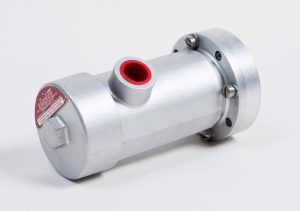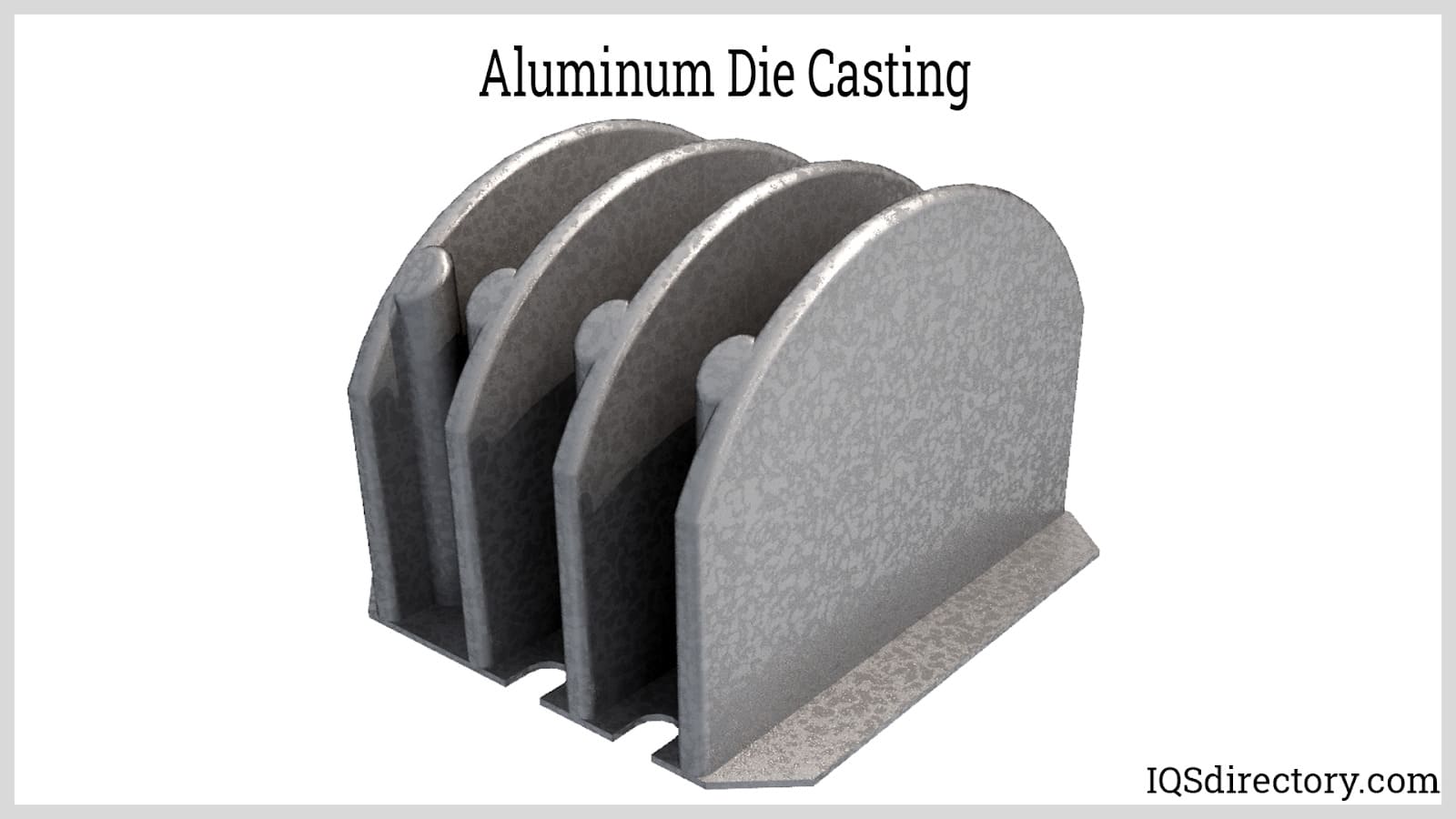Discover how Aluminum Foundry operations achieve consistent results
Wiki Article
The Many Uses Light Weight Aluminum Castings: A Comprehensive Guide for Industry Professionals
Aluminum spreadings play a crucial role across numerous markets, thanks to their unique properties. These sturdy and lightweight components are vital in automotive and aerospace applications. Understanding their advantages and the production procedures included can significantly affect performance and effectiveness. As modern technology advancements, new innovations continue to arise. Market professionals have to consider these factors to make informed options. The effects of these advancements are worth exploring additionally.Advantages of Light Weight Aluminum Castings in Different Industries
Aluminum castings use many benefits across numerous sectors, making them a recommended option for lots of applications. One of the primary benefits is their light-weight nature, which contributes to overall energy effectiveness in transport and equipment. This decreased weight likewise boosts convenience of taking care of and installment, causing lower labor expenses.In addition, aluminum spreadings show outstanding corrosion resistance, extending the life expectancy of parts in harsh environments. Their thermal and electric conductivity permits reliable heat dissipation and effective electric applications.
Furthermore, aluminum can be conveniently alloyed and manipulated, making it possible for the development of complex forms and styles that fulfill certain engineering demands. This versatility supports advancement in sectors such as automobile, aerospace, and durable goods.
The recyclability of light weight aluminum lines up with lasting practices, making it an ecologically friendly choice for modern production. Overall, the advantages of light weight aluminum spreadings position them as necessary products in various industries.
Key Production Processes for Light Weight Aluminum Castings
A selection of producing procedures are made use of to create aluminum castings, each tailored to fulfill particular application demands and manufacturing quantities. Amongst the most typical approaches are sand casting, die spreading, and financial investment spreading.
Financial investment spreading, likewise called lost-wax spreading, provides remarkable surface area coatings and intricate details, usually utilized for smaller, accuracy elements. In addition, gravity spreading utilizes the force of gravity to fill mold and mildews, ideal for larger castings where precision is less critical. Each process has its benefits, accommodating diverse industrial requirements while taking full advantage of effectiveness and top quality in light weight aluminum spreading manufacturing.
Applications of Aluminum Castings in Automotive and Aerospace
In many applications within the aerospace and auto sectors, light weight aluminum castings play a crucial function as a result of their lightweight homes and outstanding strength-to-weight proportion. In the automobile industry, elements such as engine blocks, transmission instances, and wheel edges are frequently generated making use of aluminum castings. These parts gain from lowered weight, causing boosted fuel efficiency and enhanced efficiency.In aerospace, aluminum castings are crucial for architectural components, consisting of aircraft frames, landing equipment, and engine real estates. The product's resistance to deterioration and capacity to stand up to heats make it ideal for these demanding applications. In addition, aluminum Wisconsin Aluminum Foundry castings assist in complex geometries, enabling the design of intricate components that contribute to general airplane effectiveness.
Innovations and Developments in Light Weight Aluminum Spreading Technology
As industries proceed to advance, innovations in light weight aluminum spreading modern technology are driving substantial improvements in effectiveness and performance. Advanced strategies such as 3D printing and casting simulation software have actually changed traditional techniques, permitting extra accurate styles and lowered waste. These technologies make it possible for suppliers to produce complex geometries that were previously unattainable, improving the flexibility of aluminum castings.Furthermore, the development of brand-new alloy compositions and therapy techniques has actually enhanced mechanical homes, making castings lighter yet stronger. Automated procedures are likewise being integrated, decreasing human error and raising manufacturing rate.

Best Practices for Choosing and Making Use Of Light weight aluminum Castings
When utilizing and picking light weight aluminum spreadings, cautious consideration of certain standards can greatly impact the end product's efficiency and durability. Market experts need to examine the particular application demands, consisting of load-bearing capabilities, rust resistance, and thermal conductivity. Selecting the appropriate alloy is vital, as different alloys offer varying features and staminas.Additionally, comprehending the casting process-- whether sand casting, pass away casting, or financial investment spreading-- will affect the end product's top quality and cost-effectiveness. Quality assurance measures, such as non-destructive testing and dimensional examinations, are crucial to guarantee that the castings fulfill sector criteria.
In addition, proper handling and storage space of light weight aluminum spreadings can prevent damage, ensuring peak efficiency. Teaming up with respectable vendors that focus on quality control can boost the dependability of the completed elements. By sticking to these best techniques, industry professionals can make best use of the benefits of light weight aluminum castings in their applications.
Often Asked Inquiries
What Are the Ecological Impacts of Light Weight Aluminum Casting Production?
Aluminum casting production can lead to significant environmental impacts, including greenhouse gas exhausts, energy usage, and resource deficiency. Additionally, incorrect waste administration might result in dirt and water contamination, affecting local ecosystems and areas.How Do Light Weight Aluminum Castings Contrast to Other Metal Castings?
Light weight aluminum spreadings are lighter and corrosion-resistant contrasted to other metal castings like iron or steel. They use premium thermal and electrical conductivity, making them ideal for applications where weight and durability are vital factors.What Is the Expense Distinction In Between Light Weight Aluminum and Other Materials?
The price of light weight aluminum spreadings usually varies from modest to high, commonly extra budget friendly than stainless steel however costlier than some plastic alternatives. Metal Castings. Elements such as manufacturing complexity, volume, and product specifications considerably influence general pricingCan Aluminum Castings Be Reused?
Aluminum spreadings can certainly be reused. This process significantly decreases energy usage and environmental impact contrasted to generating new light weight aluminum, making reusing an important practice in advertising sustainability and source preservation within various industries.
What Safety Measures Should Be Taken During Light Weight Aluminum Casting Processes?
Throughout aluminum casting processes, essential safety and security actions include using safety equipment, making certain proper ventilation, making use of heat-resistant devices, maintaining tools, and following safety protocols to stop exposure to dangerous materials and lower the risk of accidents. (Aluminum Foundry)Sand casting includes creating a mold and mildew from sand, allowing for complicated forms and huge spreadings. Financial investment spreading, also understood as lost-wax casting, provides phenomenal surface area coatings and detailed details, usually utilized for smaller, precision elements. Furthermore, gravity spreading uses the pressure of gravity to load molds, appropriate for bigger castings where accuracy is less critical. Additionally, comprehending the casting process-- whether sand spreading, die casting, or investment spreading-- will influence the final product's high quality and cost-effectiveness. Aluminum spreadings are lighter and corrosion-resistant compared to other steel spreadings like iron or steel.
Report this wiki page